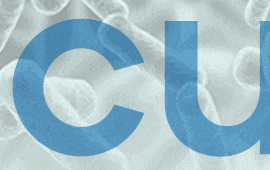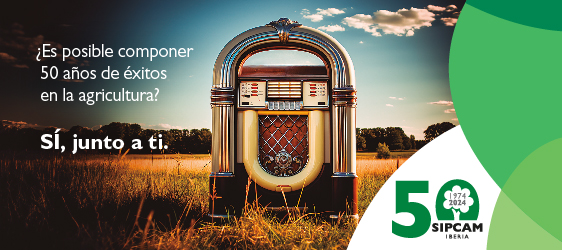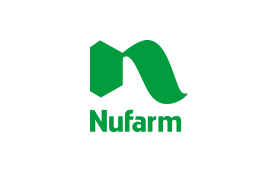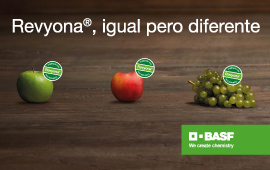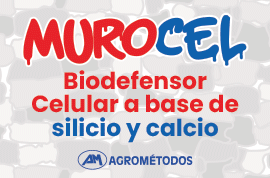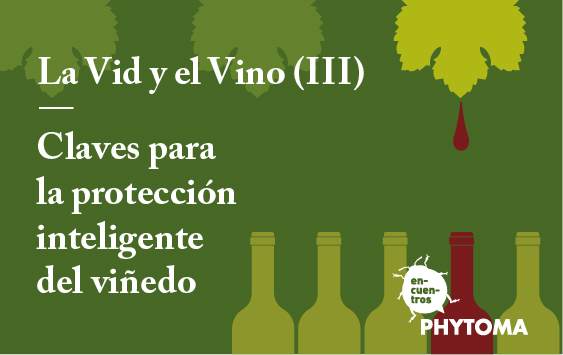Se estudió la actividad antifúngica de recubrimientos comestibles (RCs) a base de pectina de cítricos, con la incorporación de extractos naturales y aceites esenciales (AE) como ingredientes antifúngicos contra Penicillium digitatum (PD), hongo causante de la podredumbre verde en cítricos. En ensayos in vitro se observó que los AEs de Satureja montana, canela (CN) y mirra (MY), el eugenol (EU), el geraniol (GE) y los extractos de vainillina y propóleo fueron los más efectivos, con inhibiciones del crecimiento micelial del hongo entre 90-100%. Las sustancias y concentraciones más efectivas (0,2-2%) se incorporaron al RC de pectina y se evaluó la actividad curativa en naranjas ‘Valencia Late’ inoculadas artificialmente e incubadas durante 8 días a 20 ºC. Posteriormente, con los mejores RCs, se evaluó la actividad curativa y la calidad fisicoquímica y sensorial de las naranjas durante 8 semanas de almacenamiento a 5 ºC más una semana a 20 ºC. Después de 8 días de incubación a 20 ºC, los RCs que contenían 0,2% GE, 0,8% EU o 1,5% MY redujeron la incidencia de la podredumbre verde un 40-60%. En condiciones de frigoconservación, los RCs con 0,2% GE y 0,8% EU redujeron la incidencia de la enfermedad en más del 50%; siendo el RC de EU el más efectivo reduciendo la pérdida de peso y proporcionando el mayor brillo. Por tanto, este RC presenta un alto potencial para reducir las pérdidas de poscosecha de los cítricos.
The antifungal activity of citrus pectin-based edible coatings (ECs), formulated with natural extracts and essential oils (EOs) as antifungal ingredients, was evaluated against Penicillium digitatum (PD), the causal agent of citrus green mold. Satureja montana, Cinnamomum zeylanicum (CN), Commiphora myrrha (MY) EOs, eugenol (EU), geraniol (GE), vanillin, and propolis extract were selected as the most effective antifungal agents against PD in in vitro assays, with mycelial growth inhibitions of 90-100%. The most effective agents and concentrations (0.2-2%) were incorporated into the pectin-based EC and the curative activity was evaluated in ‘Valencia’ oranges artificially inoculated and incubated for 8 days at 20 ºC. Finally, the effect of selected antifungal ECs to control green mold and the physicochemical and sensory quality of the oranges were evaluated during 8 weeks of storage at 5 ºC plus 1 week at 20 ºC. After 8 days of incubation at 20 ºC, the ECs containing 0.2% GE, 0.8% EU or 1.5% MY reduced the incidence of green mold by 40-60%. Moreover, during cold storage, ECs formulated with 0.2% GE and 0.8% EU reduced the incidence of the disease by more than 50%, being the coating with EU the most effective in reducing weight loss and providing the greatest shine. Therefore, the PEC-based coating containing EU could be a promising commercial treatment to reduce postharvest losses of citrus.





